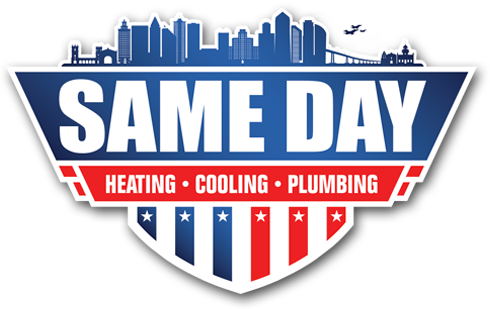How Many Air Filters Does My House Need?
If you notice your Indoor Air Quality is beginning to diminish, a weaker airflow from your vents, or other problems with your HVAC system, you may be wondering if there is something wrong with your air filters. Of course, most people know that you should change your air filters semi-regularly, but do you know how many air filters your home needs? Typically, the rule is one air filter for each air handler in your home; however, there may be places that you didn’t think would also need an air filter. Read through our guide to help you determine how many air filters your home needs.
Do I Have the Correct Number of Air Filters?
As we said above, the consensus is that each air handler in your home will need one air filter. There are some cases, however, where you may need more than one filter. For one, your home may have an air handler as well as a return duct. This, of course, is a duct that will return air from your room to the air handler and will require a filter of its own.
The second scenario where you may need more than one air filter is very similar to the first, and it occurs when your home requires multiple return ducts. Depending on the size of your home, you may need multiple return ducts, in order to properly circulate the air throughout the house. Each one of these ducts will need its own filter.
Lastly, you may find that your home has multiple central air systems. Commonly found in two-story homes, this type of setup is used to better regulate temperatures across floors. With multiple systems set up, you will have multiple air handlers, as well as multiple return ducts. Each handler will require a filter, and each return duct will require a filter.
How Do I Determine the Correct Number of Filters for Me?
After reading the above, you may be wondering how to determine how many filters you need. If you find the largest vent in your home, typically located near your air handler, that is where you can often find a filter depending on your system. In addition, one will be located in each return duct and on the air handler as well. If you need any help determining where there are air filters in your home, Same Day Heating and Air Conditioning is here to help.
Essentially, most homes will have at least two air filters, because most homes have a return duct to go along with their air handler. Determining how many filters your home needs is a big step in helping improve your home’s indoor air quality and keep you breathing easy. Same Day Heating and Air Conditioning has professionals that will help walk you through any air system, filter, or other problems you may have. Visit us today for any of your HVAC needs.
